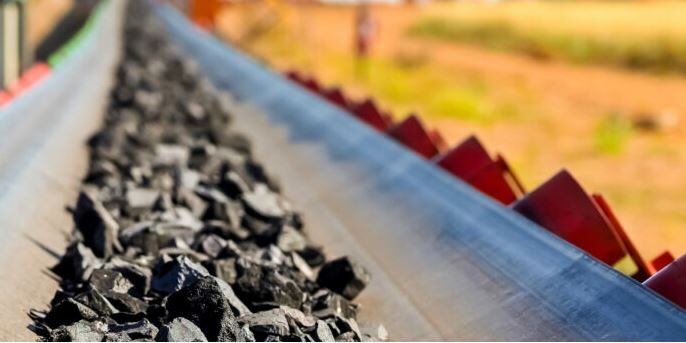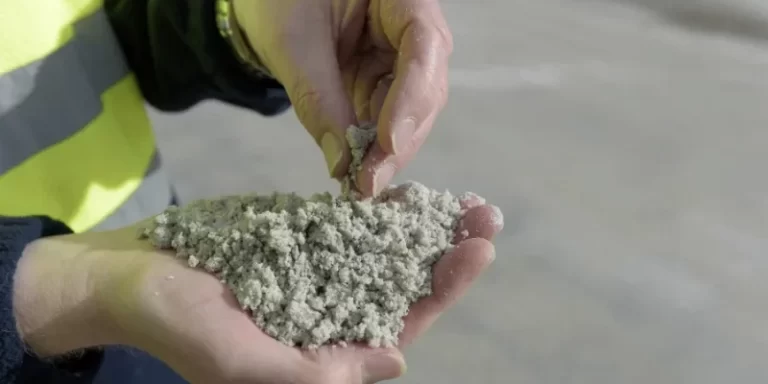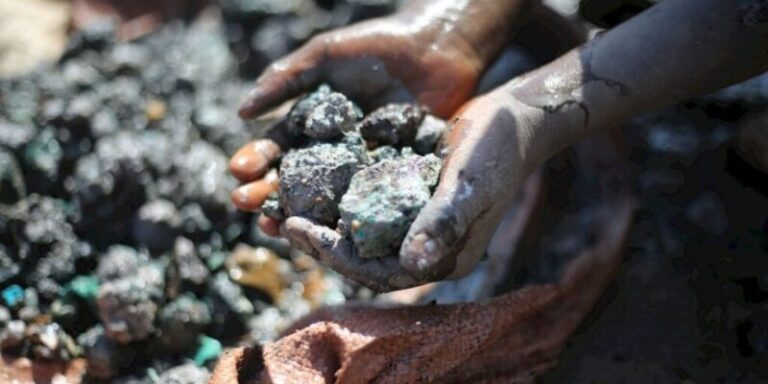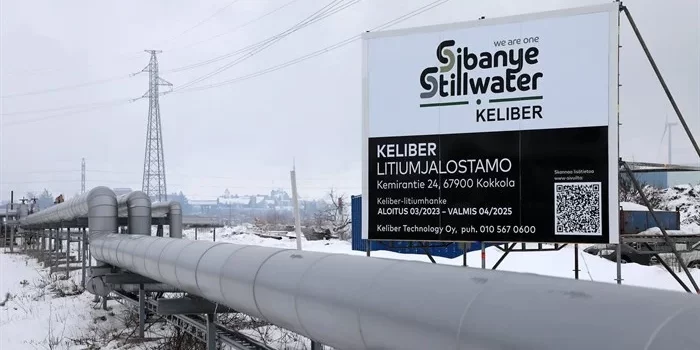
The potential role of manganese in electric vehicle (EV) batteries is a subject that often leaves mining executives pondering due to the ever-changing landscape.
According to Brad Rogers, Managing Director of Australia’s Jupiter Mines, building an investment case for manganese in EVs is like navigating a landscape of “hypothetical assumptions” in a market that is still evolving.
Manganese has found application in various lithium-ion battery technologies for EVs, but the challenge lies in predicting and adapting to the technology preferences of automakers.
Another key consideration is the fundamental nature of the manganese market. To supply the EV market, manganese ore must be processed into high-purity manganese sulphate, a critical component.
However, China controls around 96% of global manganese sulphate production, giving them a significant advantage.
Furthermore, high-purity manganese sulphate represents only 1% of the total production cost for EVs, unlike metals like cobalt, nickel, and lithium, which garner more attention.
Unlike the anxiety surrounding lithium supply, there is less concern about sourcing manganese for tomorrow’s EVs, primarily because manganese ore is abundant.
For example, South Africa’s Tshipi manganese mine alone has about a century’s worth of reserves at current production rates.
Success in the manganese market will depend on accurately assessing market conditions and sizing up opportunities correctly.
Companies will need to monitor price signals, scale their operations, and consider potential premiums over Chinese prices.
There may indeed be an opportunity for countries like the United States to secure some market share from China, as the Inflation Reduction Act mandates that a significant portion of critical metals used in EV batteries must be produced within the US or by “US free-trade partners” for tax-credit eligibility.
From a demand perspective, high-purity manganese sulphate is expected to experience rapid growth due to its limited current production capacity in China. Even conservative estimates suggest that China’s supply will fall short of the growing demand.
However, it’s important to note that manganese sulphate demand may only account for 6% to 10% of the total demand, and planning for a supply deficit in the late 2020s, although anticipated, remains speculative.
With most manganese demand currently driven by ferroalloys production, manganese producers are seeking alternative ways to exploit the market.
African Rainbow Minerals (ARM), for instance, is planning to capitalize on the manganese market’s growth potential.
The company aims to produce millions of tons of manganese annually through innovative technology, including the beneficiation of low-value ‘fines’ manganese.
While logistical challenges exist, such as rail capacity limitations in South Africa, companies like Tshipi are exploring opportunities for consolidation within the sector to optimize the use of rail networks and boost efficiency.
In summary, the future of manganese in EV batteries remains uncertain, characterized by evolving technologies and market dynamics.
Success in this arena will require careful monitoring, scalability, and adaptability to changing conditions, with the potential for market players to secure a slice of the pie beyond China’s dominant position.





